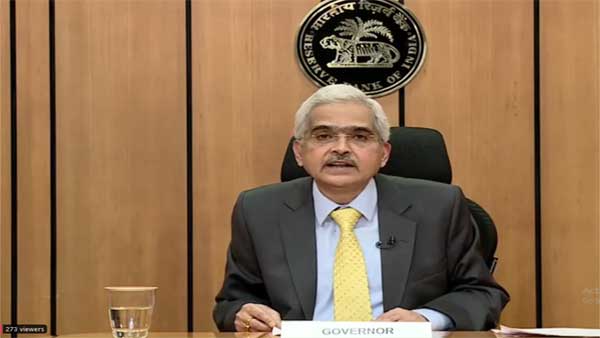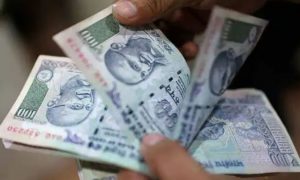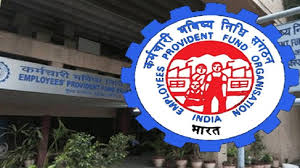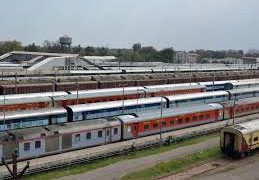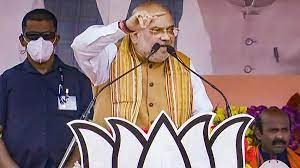The tolerance of a higher inflation during the pandemic was a necessity, otherwise, the damage to the economy and financial markets would have been enormous, said Shaktikanta Das.
RBI governor Shaktikanta Das has said that India’s central bank has not ‘fallen behind the curve’ with regards to raising the interest rates. The RBI, he said, is in sync with the realities of growth and inflation. The RBI governor’s comments came at a time when inflation is at months-high in India with prices of crude oil and food items increasing sharply over the past few months amid a host of reasons, including the Russia Ukraine war.
Read More: WTO Meeting: Fishing, Patent, Agriculture; Know What All Was Discussed And Outcomes
“I would not agree with any perception or any sort of description that the RBI has fallen behind the curve. We have been in line with the requirements of our time. Just imagine if we had started increasing the rates early, what would have happened to growth? This is all hindsight knowledge,” Shaktikanta Das said at an event related to BFSI in Mumbai on June 17, Friday.
“Could it (early rate hike) have prevented the spike in inflation caused by the war? No. Inflation would still have been at 7 per cent.” Das said at the event.
“The tolerance of a higher inflation during the pandemic was a necessity, otherwise, the damage to the economy and financial markets would have been enormous and it would have taken years for India to come back,” he added. The RBI had kept its repo rates at a historical low of 4 per cent during the time of the pandemic for two years to tackle the macroeconomic situation. At that time, the central bank had also infused liquidity to the financial sector.
Read More: Sovereign Gold Bonds: Subscription Dates, Tenure, Interest, Price; Know Full Details
The RBI-led Monetary Policy Committee is now, however, slowly withdrawing from its accommodative stance. The MPC raised the RBI’s repo rates by as much as 90 basis points from 4 per cent to 4.90 per cent over the months of May and June. In May, the RBI held an off cycle MPC meet to increase the repo rates by 40 basis points, and subsequently raised it by 50 basis points during its scheduled meet earlier this month.
This came after inflation in India posed a challenge for the central bank and stood at an almost eight-year high. India’s retail inflation stood at 7.04 per cent in May, easing from a high of 7.79 per cent in April. However, retail inflation has been on the RBI’s RBI’s medium-term target of 4 per cent for as many as 32 straight months. For the past five months, on the other hand, retail inflation has been above the upper ceiling of 6 per cent.
“I think it was the monetary policy committee’s decision to tolerate higher inflation, definitely, among other factors contributed to the revival of economy and took it to a place where we are today,” Das said on the day. “India is much better placed than many other economies to face the fallout of the war.”
The Russia Ukraine war’s shock prompted the RBI to deal the matter in a calibrated manner and the priority is to remain closer to the inflation target, Das said on the day. The RBI is also targeting a “soft landing” of liquidity withdrawal, said the governor.

